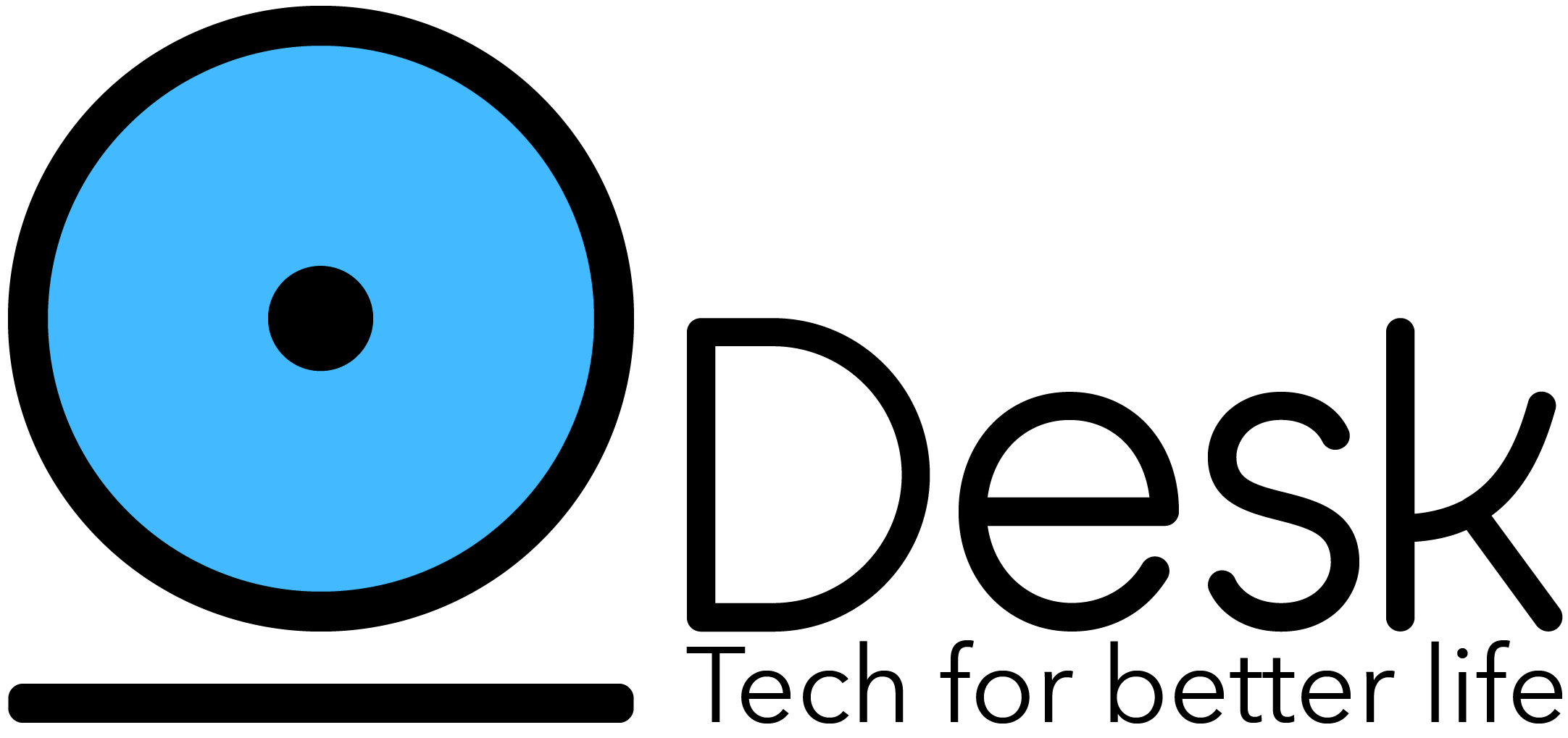State of DevOps 2020: A Report Roundup
In this blog post we’re giving you an overview of the most recent DevOps reports from Puppet, DORA, and the DevOps Institute. We will highlight important information from each report below.
Then, read on for the steps successful organizations can take in adopting DevOps.
Puppet’s State of DevOps
Every year, Puppet reports on the State of DevOps. The most recent edition is the 8th survey conducted in partnership with Splunk and Circleci. This year’s report focuses on integrating security deeply into the software delivery lifecycle. Puppet says the entire company needs to share the responsibility in making security a priority and not just the security specialists. This report wanted to discover whether security integration leads to better business outcomes.
This survey was taken by 2,949 respondents from around the world and they had the highest percentage from Europe, Asia, Australia and New Zealand than they ever had before.
Their key findings include:
- Doing DevOps well enables you to do security well.
- Integrating security deeply into the software delivery lifecycle makes teams more than twice as confident of their security posture.
- Integrating security throughout the software delivery lifecycle leads to positive outcomes.
- Security integration is messy, especially in the middle stages of evolution.

State of DevOps 2019 Report. Source: Puppet.com
Google Cloud Platform & DORA
Next we have Google Cloud Platform and DORA (DevOps Research and Assessment), who publish their own State of DevOps report. The most recent DORA State of DevOps report covers the experience of more than 1,800 IT professionals. The survey has been conducted for the past six years, and in total has included more than 31,000 technical professionals from around the world.
Their research identifies the capabilities that drive improvement in the Four Key Metrics, including:
- Technical practices
- Cloud adoption
- Organizational practices (including change approval processes)
- Culture
Some of their key findings include:
- The industry continues to improve, particularly among the elite performers.
- Delivering software quickly, reliably, and safely is at the heart of technology transformation and organizational performance.
- The best strategies for scaling DevOps in organizations focus on structural solutions that build community.
- Cloud continues to be a differentiator for elite performers and drives high performance.

State of DevOps 2019 Report. Source: cloud.google.com
DevOps Institute
And lastly, let’s take a look at the DevOps Institute Upskilling report for 2020. The DevOps Institute conducted the study researching the necessary skills a DevOps human must possess for a second year in a row. The following report goes into detail sharing the result of more than 1,260 individuals globally surveyed who identified which skills are considered critical to DevOps and digital transformation.
Some of their key findings include:
- DevOps topologies primarily used today are a huge challenge.
- DevOps transformation journey is still very difficult for more than 50%.
- Agile, DevOps and ITIL are getting strong competition from SRE.
- The DevOps human as a hybrid job and role.
Steps to successful DevOps adoption
Year after year, organizations use these steps as the foundation for their DevOps adoption.
Pre-Step: Build A Foundation
It’s kismet that the transformation of DevOps starts with its own evolution, beginning with a foundation that can truly support DevOps through and through. In this pre-stage development, company officers and other stakeholders realize a need for better communication and collaboration and begin rapid fire approvals to implement various pieces of technology to fill the gap.
While this process may begin hastily, it’s not something that can be accomplished quickly. Over time, businesses begin to fine-tune their approaches and customize technology to meet their goals. Eventually, a platform results that can facilitate DevOps throughout the organization. When this occurs, organizations are at a stage where they share ideas, technology, knowledge, and metrics.
You may recognize a business in this phase, or maybe you’re in this phase yourself. It’s easy to see when businesses enter this step because they begin making large software purchases and implementing new practices quickly.
Step 1: Normalize Tech Stacks
In the first formal step of DevOps evolution, companies begin to normalize their stacks of technology. As teams organically choose agile practices that suit them and begin considering new methods, you’ll be able to identify this step in the process. An important tech marker of this step is version control. Teams implement it and other practices that are considered early stages of continuous integration. Normalizing tech stacks may also look like reducing redundancy in the infrastructure or refactoring applications. The need to reduce redundancy comes in the forefront in the next part of the process, but it begins in phase one.
Step 2: Standardization
As eliminating redundancy comes into focus, teams implement more practices geared at reducing variance in a tech stack and standardizing it. In this stage, DevOps teams will limit the number of OSes as a form of consolidation. Here, teams independently consolidating have the opportunity to collaborate. The overarching goal is a standardized family of technologies that work hand in hand to a foster collaboration and development effort.
This phase results in less overall complexity, which gives teams a greater opportunity to work across multiple applications, making the best use of their expertise. Benefits of this phase include:
- Faster application deployment
- Error reduction
- Service quality improvement
For these reasons, standardization is a key figure in the state of DevOps.
Step 3: DevOps Practices
During the previous phase, standardization occurs while teams are exploring the inner-workings of their platform technology. As a side bonus, they are really getting to know the system. In the DevOps practices phase, teams transition from simply exploring the system to being able to make recommendations and exploiting it for DevOps.
This is a good time to evaluate pain points. Typically, this deep-dive approach requires organizations to acknowledge any struggles at the deployment phase. Deployment can be tricky for many organizations that haven’t flushed out DevOps best practices.
A common issue is that the improvements made in previous steps of the evolution have caused developers to move toward deployment faster than the deployment process can support. This causes operations to bottleneck, causing problems. Addressing it swiftly by implementing additional DevOps practices at deployment is critical. That includes reusing the same deployment patterns over and over, and testing deployment prior to reaching this stage.
Step 4: Automated Infrastructure
With high-priority outcomes identified, automation helps teams become even more successful.
The high ticket items most often include provisioning and systems configuration. When teams automate infrastructure delivery, they solve the problem that occurs when developer throughput outpaces deployment. That’s why this is a crucial next step after DevOps practices. Moreover, automating configuration helps teams deploy software faster.
Automation is an important precursor to self-service. It’s the catalyst for the final step in the DevOps process. It stimulates self-service, leading to greater efficiency across an organization.
Step 5: Self Service
In the self-service phase, IT practice occurs throughout an organization and may not be limited to one cost center. This allows for advances within the organization that streamline self-service.
Collaboration in this final phase multiplies the benefits in previous steps. The most significant advances are actualized when application automation transcends standardization and evolves to include cloud migration and other higher level processes. Security also evolves from simply meeting the immediate needs of the team to create a baseline for compliance throughout the organization.
Making Sense of It All
Keeping track of research on the “State of DevOps” can help IT organizations benchmark themselves and look for opportunities for improvement based on the feedback of others. The outlook for DevOps (and SRE) in 2020 is bright as application delivery and release automation becomes increasingly vital to a successful organization.
Your Partners for DevOps
BMC offers a number of solutions that help businesses better transition into DevOps. As evidenced by the research above, having DevOps best practices in place in your company is a cornerstone of becoming an agile DevOps organization. With BMC as your DevOps launch partner, you will be able to develop the components necessary to achieve success within your enterprise.
- Build collaborative workflows
- Integrate compliance and security checks
- Automate deployment
- Embed Jobs-as-Code
- Easily monitor quickly changing applications
Source: bmc






